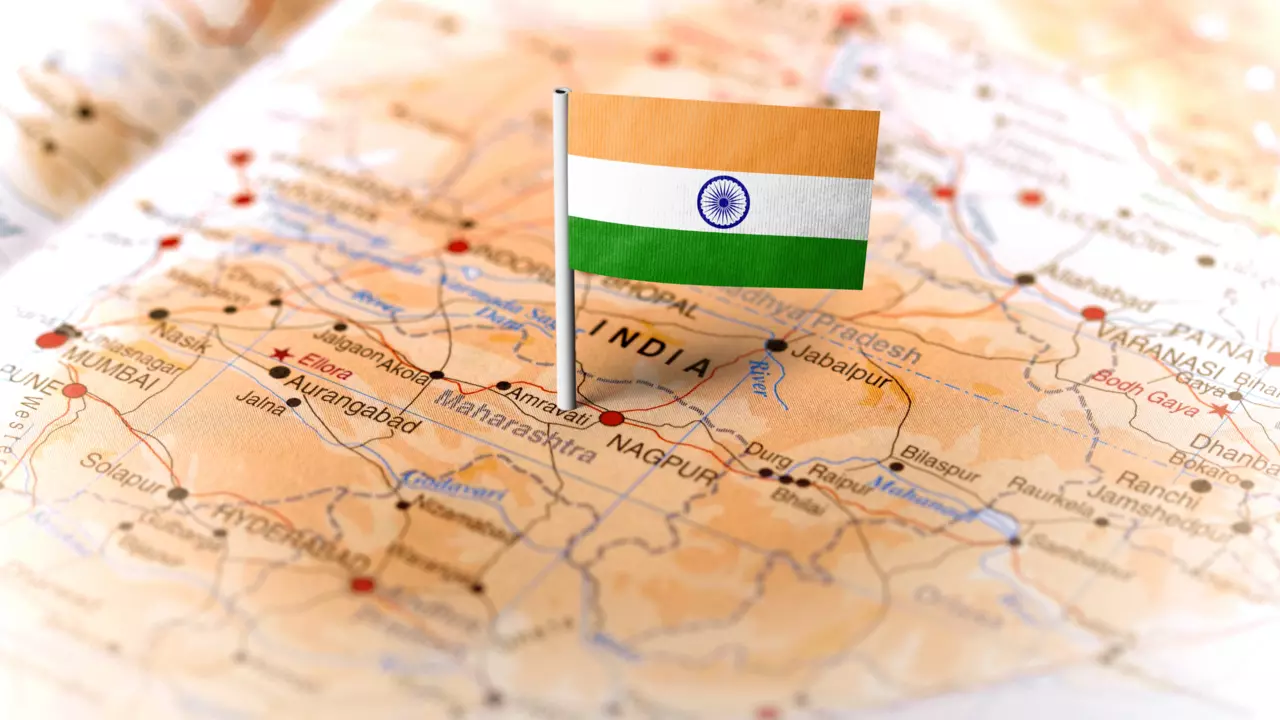The First Genetic Study of BHD in India
6 Sep 2023
At the BHD Foundation, we support individuals with BHD worldwide. Much of the research on BHD has been done in Europe and the US and so we were excited to see the first study of BHD in India. The clinical and genetic features from 31 individuals with BHD from 15 families were studied. The individuals had been diagnosed based on their clinical symptoms rather than through genetic testing. 74 “asymptomatic” family members were also included in the study. These people did not have any BHD symptoms.
Clinical Features
- 30 out of 31 individuals had lung symptoms (lung cysts and/or collapsed lungs).
- 10 out of 31 individuals had fibrofolliculomas.
- 3 out of 31 individuals had chromophobe kidney cancer.
- The average age of onset of first symptom was 44 years.
Reports from Western countries generally find the skin bumps to be the most common BHD symptom. However here, and in other studies from Eastern countries, they are reported less commonly. Instead, lung cysts and collapsed lungs are more frequent. The differences between the symptoms seen in these populations is currently unknown. It could be due to genetic differences or environmental factors. Another option is that the skin symptoms are simply less commonly reported or diagnosed. Increasing the number of reports like this one will help us address this question in the future.
Given the lung symptoms of BHD were the most common in this study, the authors looked more closely at these symptoms. 27 out of 31 individuals had experienced a pneumothorax (collapsed lung). 9 of these people had recurring pneumothoraces. The age of onset of a collapsed lung ranged from 15 to 59. The authors calculated the probability that an individual would have repeated collapsed lungs and found that the age at which the first collapsed lung occurred was an important factor. They found that people who had recurring pneumothoraces had their first collapsed lung at a younger age than those who only had a single collapsed lung.
Genetics
A mutation in folliculin (FLCN, the gene associated with BHD) was found in 19 of the 31 individuals from 10 of the 15 families.
11 of the 19 patients (from 5 families) had the same mutation: c.1285delC. This is the most common FLCN mutation and known to be a ‘hotspot’ for mutations in the FLCN gene. Our previous toolkit post helps you find out more about understanding genetic test results. All these individuals had lung cysts or collapsed lungs. The remaining families each had different mutations, of which 2 had not been previously reported.
A mutation in FLCN was also found in 16 of the 74 asymptomatic family members. The authors noted that the average age of these individuals was 29 and so they may still develop symptoms in the future.
A mutation in FLCN could not be found in 12 individuals from 5 families, even though they had BHD symptoms. There could be 2 possible explanations for this. The first is that there is a mutation in FLCN that could not be detected using the methods used in this study. The second is that there is no mutation in FLCN and perhaps another, unknown gene, is responsible for the symptoms seen in these individuals. Further work using a more sensitive type of sequencing would need to be performed to determine which explanation is correct. It would also be interesting to expand upon this work in the future to include more people with BHD. This would strengthen the current data and could help inform future diagnosis guidelines in different countries.
We are excited to see future reports from different countries reporting the clinical and genetic features of BHD.
Back to
